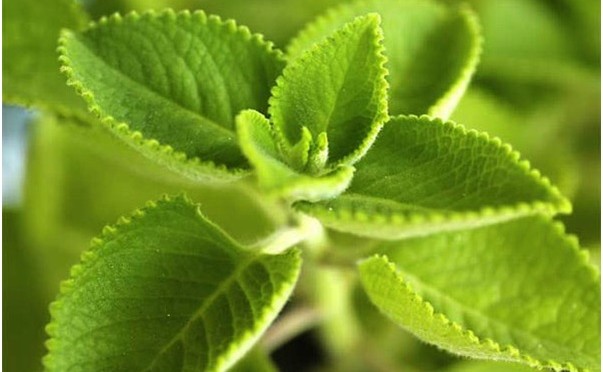
Neem plants (Azardirachta indica)
The ancient Neem tree of Asia has been the source of natural medicinal extracts for thousands of years. Indian history documents farmers having purposefully tended to and harvested Neem trees for their beneficial uses as far back as the Vedic period, 1500-600 B.C. Until recent history, the Neem has been used internally and externally in the traditional Ayurvedic herbal healing treatments in India. The last half century has seen the expansion of this herbal product into other parts of the world where European and American scientists have begun studies on the potential medical benefits of Neem. Asian populations use Neem leaf powder, Neem leaf oil, Neem pulp and seed oil, Neem tree bark and small Neem twigs for a wide array of medicinal and cosmetic purposes. The leaf powder and oil, mixed in either an aloe or vegetable base, is used topically in lotion, cream, and salve formats to treat skin ailments, to maintain smooth complexions and to moisturize the hands and body. So, what makes this Indian plant so special? It contains Nimbidin, a major crude bitter principle extracted from the oil of seed kernels of A. indica demonstrated several biological activities. From this crude principle some tetranortriterpenes, including nimbin, nimbinin, nimbidinin, nimbolide and nimbidic acid have been isolated. These chemicals are responsible for medicinal properties of Neem.
Author: Sumana Rao | Posted on: June 26, 2015
« Indian borage (Coleus aromaticus) Plant The curry tree (Murraya koenigii ) »
































Write a comment